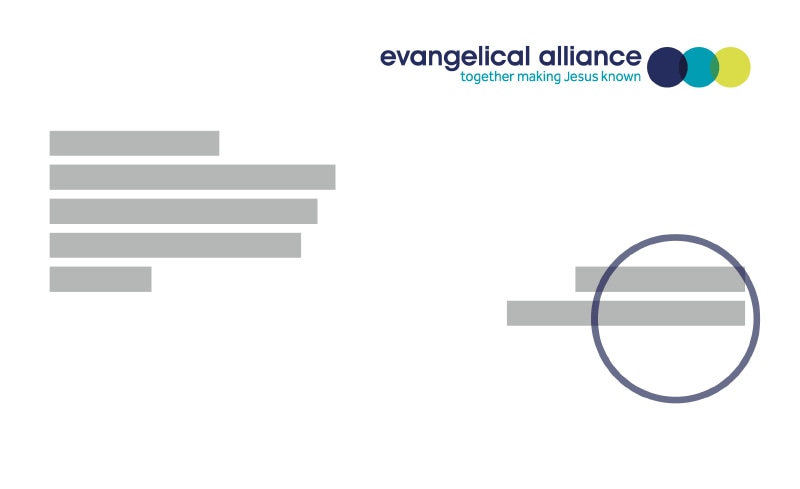The angel said to them, “Do not be afraid. I bring you good news. It will bring great joy for all the people.” Luke 2:10
More people go to church at Christmas than at any other time of the year. Much-loved carols, familiar Bible passages, a children’s nativity scene, followed by a mince pie, shaking hands with the minister – or bumping elbows this year – these are part of a traditional Christmas. And everyone loves it, don’t they?
“Everyone welcome!” we say, and we mean it. But how do we demonstrate it? Physical access, ramps, accessible toilets, hearing loops and more are important for disabled people and for ageing congregations. Provision is often made for children with additional needs, but how about adults with learning disabilities?
One in 20
In every 1,000 people in the UK there are likely to be 20 with learning disabilities; that’s one in 20. But where are they in our churches? If they come do they feel welcomed and accepted? Are they able to belong? If they appear happy and they come back we must be doing something right, right? Yes, but there’s more: Jesus communicated with ordinary people and His message should be simple enough for anyone to understand. By making services accessible and understandable for adults with learning disabilities we make them accessible for everyone. Then anyone can not only know about Jesus but also know Him and grow in faith.
Top tips
We provided these tips to the welcome team at our recent Count Everyone In Christmas Celebration at St Nic’s, Newbury to help people feel welcomed:
- Warmly welcome each person, not just families or carers.
- Use easy-to understand words.
- Don’t rush people.
- Treat adults as adults, not children, regardless of any disability.
- Indicate where the toilets are, where refreshments will be served and other key information.
These tips are easy to do, so why not try them out at your next service?
Christmas for many people is what the media would have us believe – festive food, extravagant gifts, happy families, Christmas movies and father Christmas. This is our opportunity to put Christ back into Christmas.
At our celebration we asked the congregation to name the characters in the Christmas story and then we put them together in a fresh and engaging way, including every suggestion, however random! Later, our ‘old shepherd’ character recounted his experience that first Christmas night in an amusing but effective way that drew everyone into the story. We used our N-A-R approach to convey the Christmas message:
- Narrative – telling what the Bible passage says through storytelling, first-person narrative or spontaneous drama.
- Application – what does it mean for us today? Aim to make one point and make it well.
- Response – what does God ask me to do? Offer a small gift (a printed Bible verse or picture), invite people to go to a significant place in the room (such as a cross), or hold out their hands during a simple prayer. Actions aid understanding and memory.
What else?
- Divide the service into 5 – 10 minute sections to aid short attention spans.
- Use a simple but not childish Bible, such as the New International Readers Version (the New Testament is available in an excellent accessible edition).
- Rather than saying, “please stand”, say: “please stand if you are able and would like to”.
- Offer flags and percussion instruments to use in worship – not everyone sings.
- Use Makaton signing to convey key words and truths of carols and worship songs; Count Everyone In in conjunction with the Makaton Charity is developing a workshop to teach signs for Christian vocabulary.
- Remember, not everyone can read or write.
- Involve people with learning disabilities upfront, in planning or with small jobs, if they wish – remember you are not running a service for them, but rather together with them.
- Use facial expressions to reinforce meaning; remember to smile!
Imagine how thrilled we were to receive this response:
“That was such a lovely Christmas Celebration. For us all a joy to be able to be involved. Thank you to you guys for all the thought and planning, prayer and preparation that went into this. A real celebration of Jesus. And lovingly, gently and graciously offered. To God be all the glory.”
A word of caution when live-streaming or videoing: be sure to obtain specific written consent from any person with a learning disability, deemed to be an ‘adult at risk of harm’ or ‘vulnerable adult’ who might be identifiable on the screen. This is required for adopted or looked-after children but adults are often overlooked.
Let’s seize every opportunity to help people understand the angel’s message of good news for all people – and that includes adults with learning disabilities.




